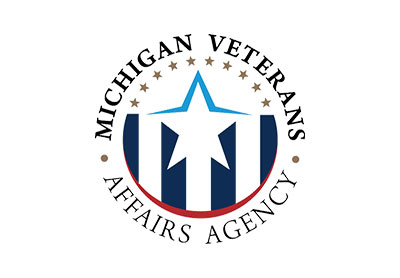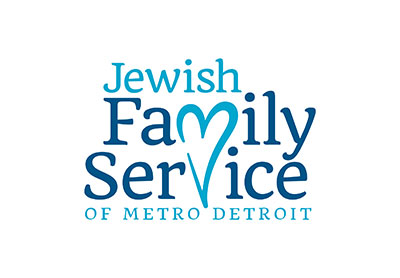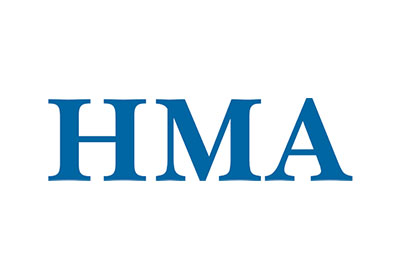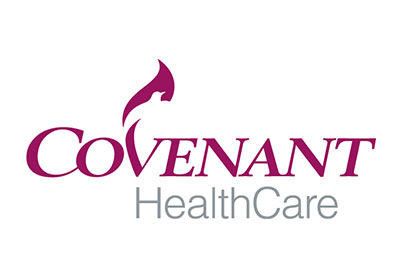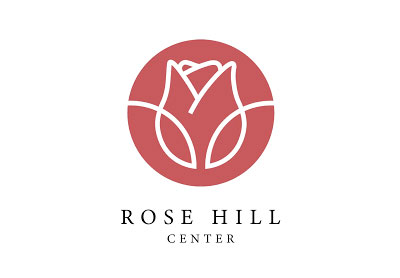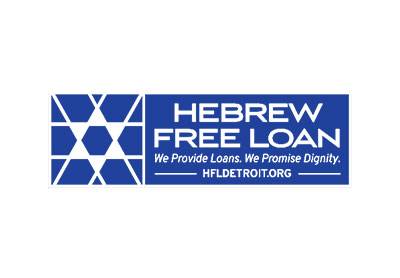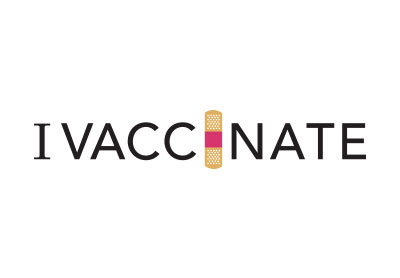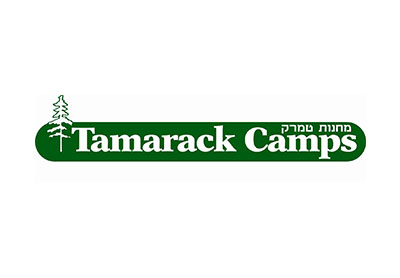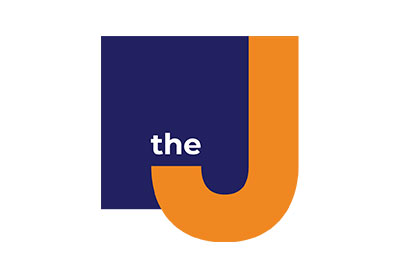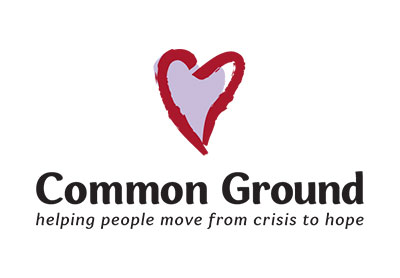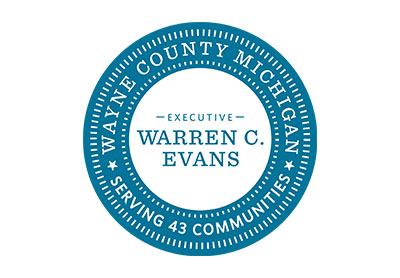
At Brogan & Partners, creativity doesn’t stand still… and neither do we. Each year, our team takes turns leading presentations on trends, tools and techniques shaping the creative world. Art Director Soujanya Settipalli took us behind the scenes of two video styles that are often confused but serve distinct purposes: motion graphics and animation.
Understanding the difference isn’t just semantics, it’s strategy. Choosing the right approach can help you meet your campaign’s budget, goals and target audience most effectively.
Back up, what are we talking about?
Put simply, animation and motion graphics are both moving images. However, animation is an umbrella term for the whole field of moving imagery, including everything from cartoons to Claymation, stop motion, cutout animations, anime and more. Motion graphics is one type of animation under that larger umbrella.
What defines motion graphics?
Motion graphics is a style of animation where static graphic elements are given movement through key frames. It’s often clean, minimalistic, geometric, and utilizes typography and shapes.
When you think of motion graphics, think about charts with moving pieces, logos with movement, and micro animations.
Still wondering what differentiates the style? Get to know motion graphics through some of our client work:
“Feeling Off, Follow Up” – Michigan Department of Health and Human Services
“Empowered” – Wayne County Department of Health, Human, and Veterans Services
“Safety in Roundabouts” – Michigan Office of Highway Safety Planning
What defines animation?
Animation is a series of moving images that, when played in sequence, create the illusion of movement for characters or objects. It goes frame by frame, and the resulting visual style can be complex, highly diverse and range from realistic to abstract.
Think of your favorite kid’s movie with dynamic characters, environments, and narratives. Characters are more developed, and movements and interactions are more complex.
Explore animations from other creatives and creators we’re loving:
Erste Christmas Ad
“Flying Penguins” – Red Bull
TEZSPIRE
What else separates the two styles?
| Motion graphics | Animation |
|---|---|
| Focus: Informational, conveying data, concepts or brand messaging. To add visual interest and emphasis to video content, and to convey information in a quick, dynamic and engaging way. | Focus: Storytelling, character development and emotional engagement. To tell a narrative story and develop characters. It aims to entertain and evoke an emotional response. |
| Application: Presentations, infographics, social media, marketing and branding, website elements, dynamic logos, data visualization, etc. | Application: Movies, TV shows, video games, commercials, short films, etc. |
Software and applications:
|
Software and applications:
|
| Time commitment: Lower, more doable amount of time to complete. Often completed by one person or a couple of team members. | Time commitment: High thought, preparation, and time commitment to execute. Often requires a full team for execution where team members have different roles and specialties. |
| Cost: More cost effective because of streamlined movements. | Cost: A larger financial investment, ideal for high-budget campaigns or cinematic projects. |
Choosing the right style of movement for an upcoming project can help you meet your vision, budget and campaign goals. Our team is here to support you strategically and bring your idea to life. For more trends or background in the advertising space, follow along on our Brogan blog.






